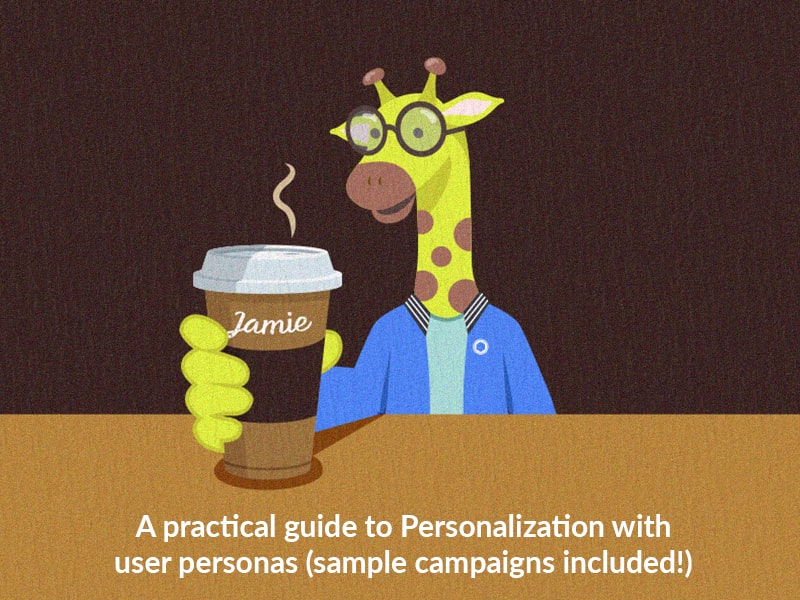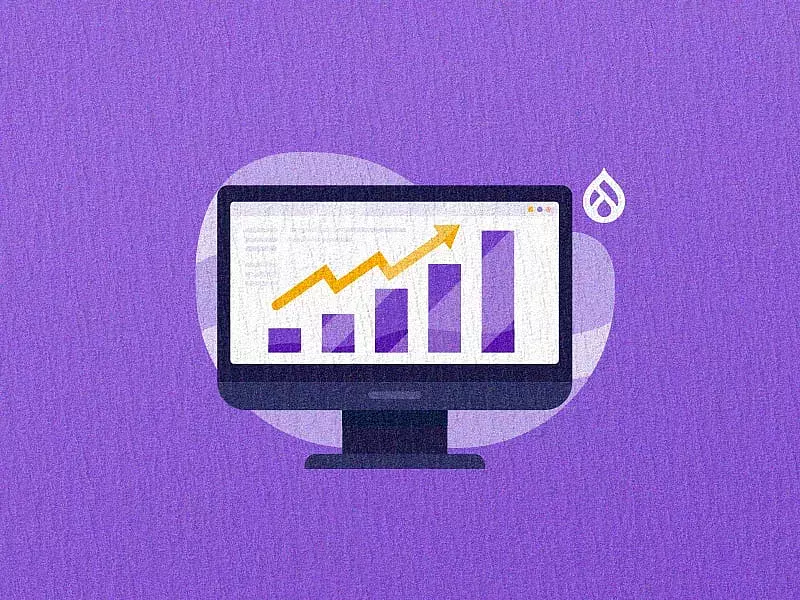You know that moment when Google finishes your search with exactly what you were thinking? Or when you want to just Netflix and relax after a long day but you’re recommended the perfect show that completely blows your mind? That’s personalization in action!
But how does this magic happen? It begins with truly understanding your audience—building user personas. From there, you segment them based on key behaviors and preferences, and finally, you deliver exactly what they’re looking for, right when they need it.
In this article, we’ll discuss how you can offer personalized content to your audience using some simple-to-implement techniques.

How to create User Personas
You might probably know your audience, but do you really understand who they are and what they prefer? That’s where user personas come in.
It's possible to perform a UX research project to identify specific "Personas," and identify the needs, desires, and habits of each.
Take a look at this decent write-up on Personas. From this article, here's an example of what a final "Persona" might look like:

In this example, each Persona is given a name, background, brand preferences, etc. You may have already done this at some point. It can be a helpful practice, but it takes time and a lot of corporate buy-in.
So if you think that’s not a practical choice at the moment, we’d suggest you identify your core target audiences and use technology to give your web visitors a personalized experience. For the sake of this overview, let's instead use the term "Segment" instead of "Persona".
Creating a personalized website experience
There are 3 basic steps to successfully manage personalization. It is primarily asking these questions:
- Defining segments - What type of people are you targeting?
- Connecting users to segments - Is this visitor one of those types of people?
- Providing personalized content for each segment - What do we want to show these targets?
1. Defining Segments
At a high level, a "Segment" is simply a user type. And those can be identified in any way that you prefer. For instance, let’s imagine your company sells shoes. You might identify Segments like:
- Casual Shoewear Enthusiast
- Sports and Fitness Buff
- Fashion-Conscious Shopper
- Parents Shopping for Kids
- Professional or Workwear Buyer
- Seasonal Shopper
- Discount Shopper
- Luxury Buyer
- Orthopedic Footwear Seeker
Chances are, you already have Segments in place. They could be from existing email list groups or sales teams managing clients by size, product, or region. These Segments can start simple ("newsletter subscribers") and grow as your efforts grow.
Task 1: Identify and define Segments that you would like to target.
2. Connect users to Segments
Once target Segments are identified, you need to determine how to identify which website visitors belong to which Segments. This is where the tech comes in.
You can identify users based on their actions. These actions can include these and more:
- Logging in,
- Filling out a form,
- Participating in a survey,
- Accessing a specific landing page,
- Following an email newsletter link,
- Clicking a Google/LinkedIn/Facebook ad.
Any defined action that you track will allow you to identify the visitor's Segment and set a Cookie to maintain that identification.
Ads and marketing links will have parameters in their URLs. We can discuss more specifics here, but here's a nice general overview.
Once a visitor's Segment is identified you can present personalized content.
Task 2: Determine the specific actions that categorize web visitors into User Segments
3. Provide personalized content for each Segment
Now that we know the User Segments (Task 1), and we know how to identify the website visitor as a member of a specific Segment (Task 2), we provide the personalized content.
Here's an example of 3 visitors (and 4 visits):
User A receives an email newsletter with a link related to your marketing sales campaign. They click the link and when they go to the homepage they see a marketing page banner related to the campaign - "Returning Customers New Arrivals 50% Off."
User B visits from a Google ad for a New Year's campaign. They click the ad, and the marketing page banner reads "2025 New Year Flash Sale"
User C visits your website by directly typing in the URL like a caveman would. They see the homepage with a generic marketing page banner. They fill out a form to get more information.
User C returns two weeks later and the homepage displays with a marketing page banner that reads, "Welcome Back User C!"
Task 3: Determine content that should be seen for each Segment
Sample campaigns for a shoe retailer
Going with the same example of a company that retails shoes, let’s dive into some personalized campaigns you can create for your target audience.
Completing the three tasks above might give us the following Campaign outlines for site personalization:
1. Sneaker Sale Campaign
Segment:
Sneaker Enthusiasts
User Identification:
Visitor is a member of the Segment if they took any of the following actions:
- Clicked a Google ad for sneakers.
- Clicked a link in an email campaign featuring sneakers.
- Visited the "Sneakers" category page on the website.
Personalized Content:
- Homepage banner showcasing a "Sneaker Sale: Up to 50% Off" promotion.
- Personalized CTA offering "Exclusive Sneaker Offers" to encourage sign-ups for further deals.
2. Coastal Cities Campaign
Segment:
Coastal City Customers
User Identification:
Visitor is a member of the Segment if they took any of the following actions:
- Clicked a link in an email campaign targeting customers in coastal cities (e.g., Miami, Los Angeles, New York).
- Filled out a form with a coastal city location.
- Visited the site from an IP address associated with coastal regions.
Personalized Content:
- Homepage banner promoting "Summer-Ready Footwear for Coastal Living", featuring sandals, lightweight sneakers, and water-resistant shoes.
- A "Coastal City Style Guide" featured at the top of the blog page, showing trending footwear options for beach and city life.
- CTA below the banner offering "Exclusive Deals on Summer Styles for Coastal Shoppers", with a localized discount code for users in coastal regions.
Creating a Campaign statement might help keep things organized and aid in communication, internally and externally.
Final thoughts
While there are many ways to personalize your content, what we’ve covered today represents some of the simplest yet most effective methods. Personalization can change how you connect with your customers. The key is knowing your audience and delivering the right message at the right time. If this got you excited, know that you are not on your own here! Specbee can work with you on each of these steps, and we always recommend starting small. Talk to one of our experts today to find out how we can help.








